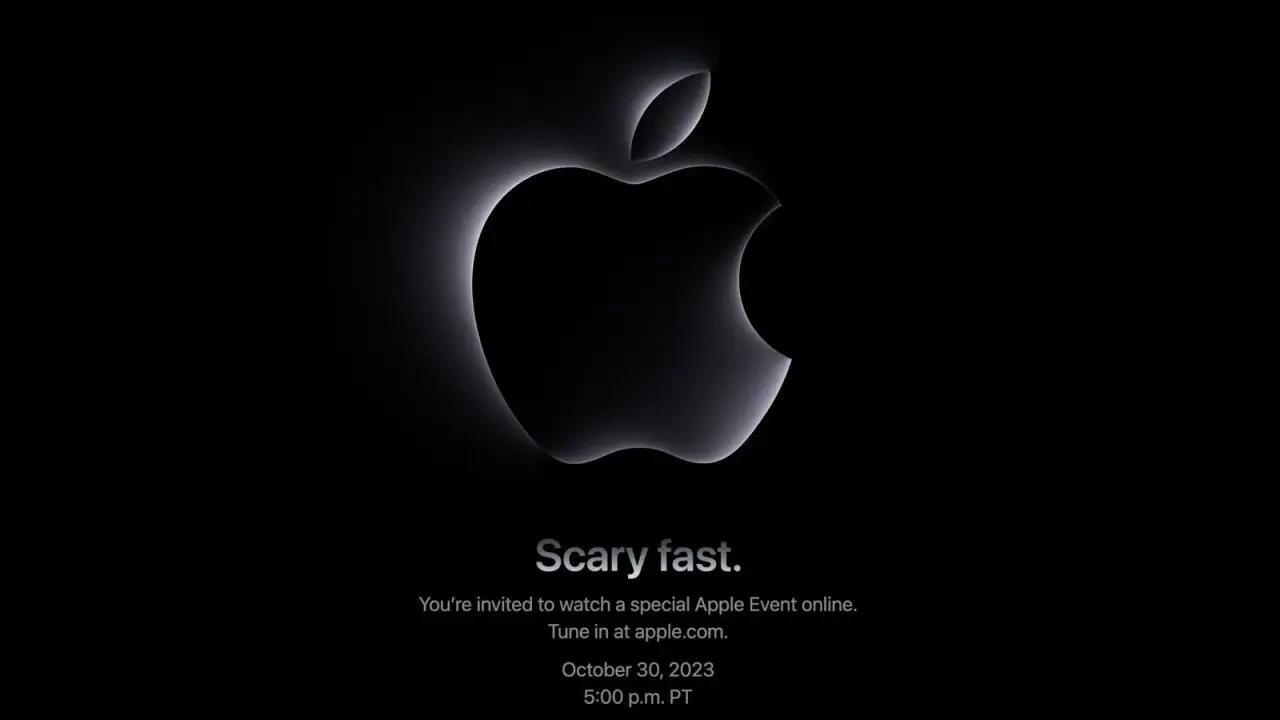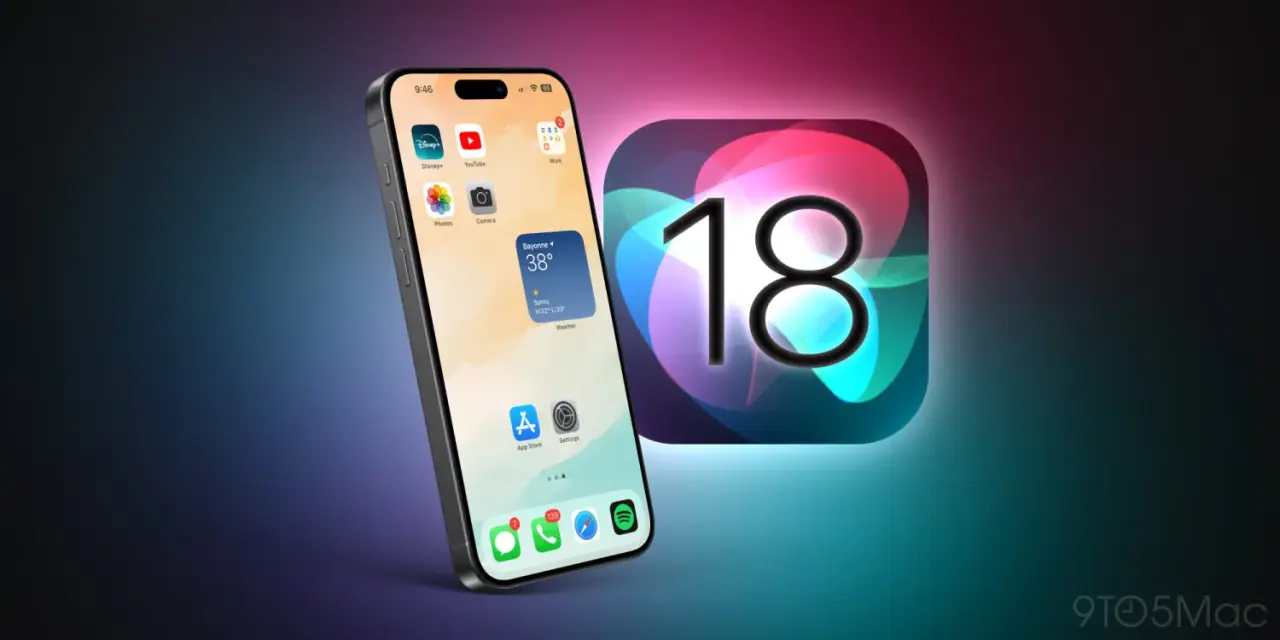In today's world, where technology is constantly evolving, it's becoming increasingly difficult to discern between reality and fabrication. Deepfake AI, a form of artificial intelligence, has emerged as a powerful tool for creating highly realistic and convincing manipulated media.
What are Deepfakes?:
Deepfakes are synthetic media that utilize machine learning techniques to generate or manipulate images, audio, or video content. They can be used to seamlessly replace one person's face or voice with another, making it appear as if the target individual is saying or doing something they never did.
How do Deepfakes work?:
Deepfakes rely on two primary machine learning algorithms: autoencoders and generative adversarial networks (GANs).Autoencoders are neural networks that learn to compress and reconstruct data, effectively learning the underlying patterns and features of a given dataset. In the context of deepfakes, autoencoders are used to extract and represent the facial features of both the source and target individuals.GANs, on the other hand, are a type of neural network that pits two competing models against each other: a generator and a discriminator. The generator's task is to create fake content that is indistinguishable from real data, while the discriminator's task is to identify and reject fake content. The two models engage in an adversarial process, constantly refining their abilities until the generator is able to produce highly realistic fakes.
Applications of Deepfakes:
Deepfakes have a wide range of potential applications, both positive and negative.
Positive Applications:
● Entertainment:
Deepfakes can be used to create humorous or entertaining videos, such as swapping the faces of celebrities in famous movies or TV shows.
● Education:
Deepfakes can be used to create interactive simulations for educational purposes, such as bringing historical figures to life or illustrating scientific concepts.
● Accessibility:
Deepfakes can be used to create personalized content for people with disabilities, such as providing sign language interpretation or voiceovers.
Negative Applications:
● Misinformation and Disinformation:
Deepfakes can be used to create fake news stories or spread false information, making it difficult for people to discern truth from fiction.
● Identity Theft and Fraud:
Deepfakes can be used to create fake identities or impersonate real people for fraudulent purposes.
● Revenge Pornography:
Deepfakes can be used to create and distribute explicit content featuring non-consenting individuals.
Ethical Concerns:
The rise of deepfakes has raised significant ethical concerns about the potential for misuse and the implications for individual privacy and trust. As the technology continues to develop, it is crucial to establish clear ethical guidelines and regulations to prevent the harmful use of deepfakes.
The Future of Deepfakes:
Deepfakes are still a relatively new technology, but their capabilities are rapidly evolving. As machine learning algorithms improve and computational power increases, deepfakes are likely to become even more sophisticated and difficult to detect.
Some Cryptic News Of Deepfake:
● Deepfake Video of PM Modi Causes Stir in India:
In November 2023, a deepfake video of Indian Prime Minister Narendra Modi playing garba went viral on social media. The video was so realistic that many people believed it was real, even though it was later debunked by Modi himself. This incident highlights the potential for deepfakes to be used to spread misinformation and cause social unrest.
● Deepfake Used to Impersonate Elon Musk:
In October 2023, a deepfake video of Tesla CEO Elon Musk was used to promote a cryptocurrency scam. The video showed Musk making false claims about the cryptocurrency, which caused many people to lose money. This incident is a reminder that deepfakes can be used to deceive people for financial gain.
Conclusion:
It is essential to remain vigilant about the potential risks of deepfakes and to develop strategies to mitigate their negative impacts. By fostering open dialogue and collaboration, we can ensure that deepfakes are used responsibly and ethically.







